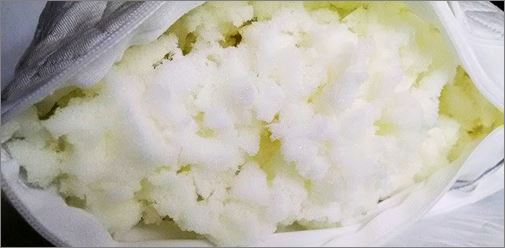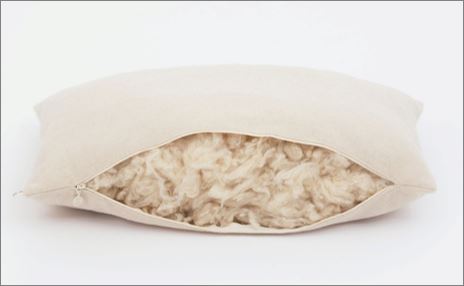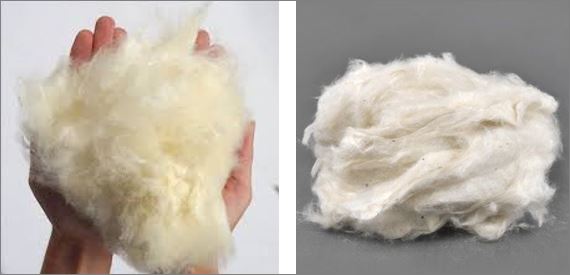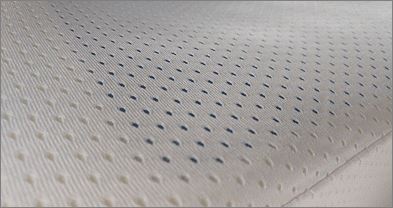|

Is your pillow your friend or your enemy? If it’s older than 18 months it is likely to be your enemy, and responsible for that nagging neck ache, and the feeling that you could do with more sleep!
Sleeping posture is key to sleeping comfort. By this I mean that your spine and head are aligned while you sleep.

As you know, sleeping comfort is taken very seriously at Linen Drawer. With this in mind, and given the enormous and baffling choices out there, I researched the world of pillows.
Firstly, the questions:
- How old is your current pillow? If it’s older than eighteen (18) months, it might need replacing.
Examine it carefully, and do the pillow test – drape your natural fill (down or feathers, wool, etc) it over your arm, if it hangs there limply, it’s time for a new one. Your synthetic fill (microfibre) pillow should spring back if folded and be its original shape. If it doesn’t, time for replacement. Also smell your pillow. If it smells, it is time to replace it.
- What is your mattress like? Firm, soft, medium? Differing firmness of mattress require the correct type of pillow to support your body.
A firmer mattress will need a firmer pillow as your body doesn’t ‘sink’ into the mattress; whereas a softer mattress will require a softer pillow, as your body ‘sinks into’ the mattress and a softer pillow is able to provide enough neck support.
- What position do you favour most when asleep? Back, side and stomach sleepers all require different types of pillows.
The most important factor to consider is sleeping position:
BACK SLEEPERS – need neck support, so generally a firmer pillow which aligns their head and spine.
STOMACH SLEEPERS – need a thin soft pillow, as tilting the head on a firm pillow will throw the head/spine alignment out.
SIDE SLEEPERS – need a thicker, firmer pillow, which aligns the head and supports the area between the neck and shoulders.
MIXED SLEEPERS – need a medium pillow, that can manipulate into the support they need for whatever position they prefer.
A quick universal guideline – the best pillow is the one that is right for you.
Let’s have a look at the types of products used to fill pillows and what they contribute to the final product:

Down and Feather
DOWN/FEATHERS: light and soft, made from either goose or duck down. Look for certification that the down is sourced sustainably. Most of these pillows aren’t pure down, but a mixture of down and small feathers. Look at the percentage – higher feather count will give you a firmer pillow, higher down count will give you a softer pillow. Good quality pillows are expensive – you get what you pay for, but worth it as they are washable and durable.

Polyester Filling
SYNTHETIC: usually made from polyester, making them washable and hypo-allergenic. Look for a pillow that has a cotton cover, in the firmness you require. Some pillows have a zipper opening for adding or subtracting fill – to ensure perfect sleeping comfort. The polyester is usually ‘shaped’ spirals or little puffs that mimic down. Again, quality pillows are not cheap.

Chipped Foam
FOAMS: polyfoam and memory foam are also used as pillow fills. These can be used in sheet form, or in chips, or as a combination. Hypo-allergenic and comfortable, these pillows cannot be washed successfully.

Latex Chips
LATEX: derived from rubber, a natural product. Provides great support, long lasting. Natural latex is moisture absorbent, heat regulating, and is naturally anti-mildew or mould.

Wool Filling
WOOL: these are quite firm, speciality pillows that are excellent temperature regulators – you pillow will be cool, even if you have a warm head. Naturally hypoallergenic.

Buckwheat Husk Filling
BUCKWHEAT: provides a firm, yet contouring sleep surface. Best for side and back sleepers, it is prescribed for those with neck pain relief. Although buckwheat is a natural fill, it needs to be replaced regularly, and the pillow case washed. Exceptionally cool sleeping pillow.

Kapok Filling
KAPOK: is extremely soft and breathable. It is often mixed with memory foams and polyester fibres. It is a good plant-based alternative to down, but kapok pillows are firmer than down and not so mouldable. Very tricky to wash, as kapok is naturally buoyant.

Silk Filling
SILK: very luxurious and soft, silk is a naturally anti-microbial, anti-fungal and anti-allergy product. Pillows filled with silk are very soft, mould well to your body and cool to sleep on. Cannot be washed, however, can be aired and sunned to restore loft.

Cotton Filling
COTTON: biodegradable cotton makes a soft feeling, yet firm sleeping pillow. It cannot be easily adjusted/moulded so might be only suitable for back sleepers. Often blended with microfibre, which improves the clumping of the filling, washing is not recommended, as it could become mouldy if not dried completely.

Cooling Gel Layer
COOLING GELS: look out for memory foam pillows with a layer of cooling gel – this ensures that the natural property of memory foam, warming/heat holding, is countered by the cooling gel layer. This is helpful if you are a warm sleeper, as your pillow always feels cool.
This is a huge amount of information. It is difficult to choose correctly, and responsibly. But we are happy to help!
Contact us at info@linendrawer.co.za or go to our website, https://www.linendrawer.co.za/bedroom-shop/duvets-and-pillows or connect with us via Facebook or Instagram, for help and support on choosing the right pillow for yourself.
Sources:
https://meelusleep.com/product/memory-foam-pillow/
https://thesleepdoctor.com/2017/10/09/how-to-pick-the-perfect-pillow/
https://sleepopolis.com/guides/right-pillow-how-to-choose/
https://www.wikihow.com/Choose-a-Pillow
https://www.thesleepjudge.com/how-to-choose-a-pillow/
https://www.sleepfoundation.org/best-pillows
https://www.downandfeathercompany.com/pages/my-perfect-pillow-quiz
|













.png)
.png)

